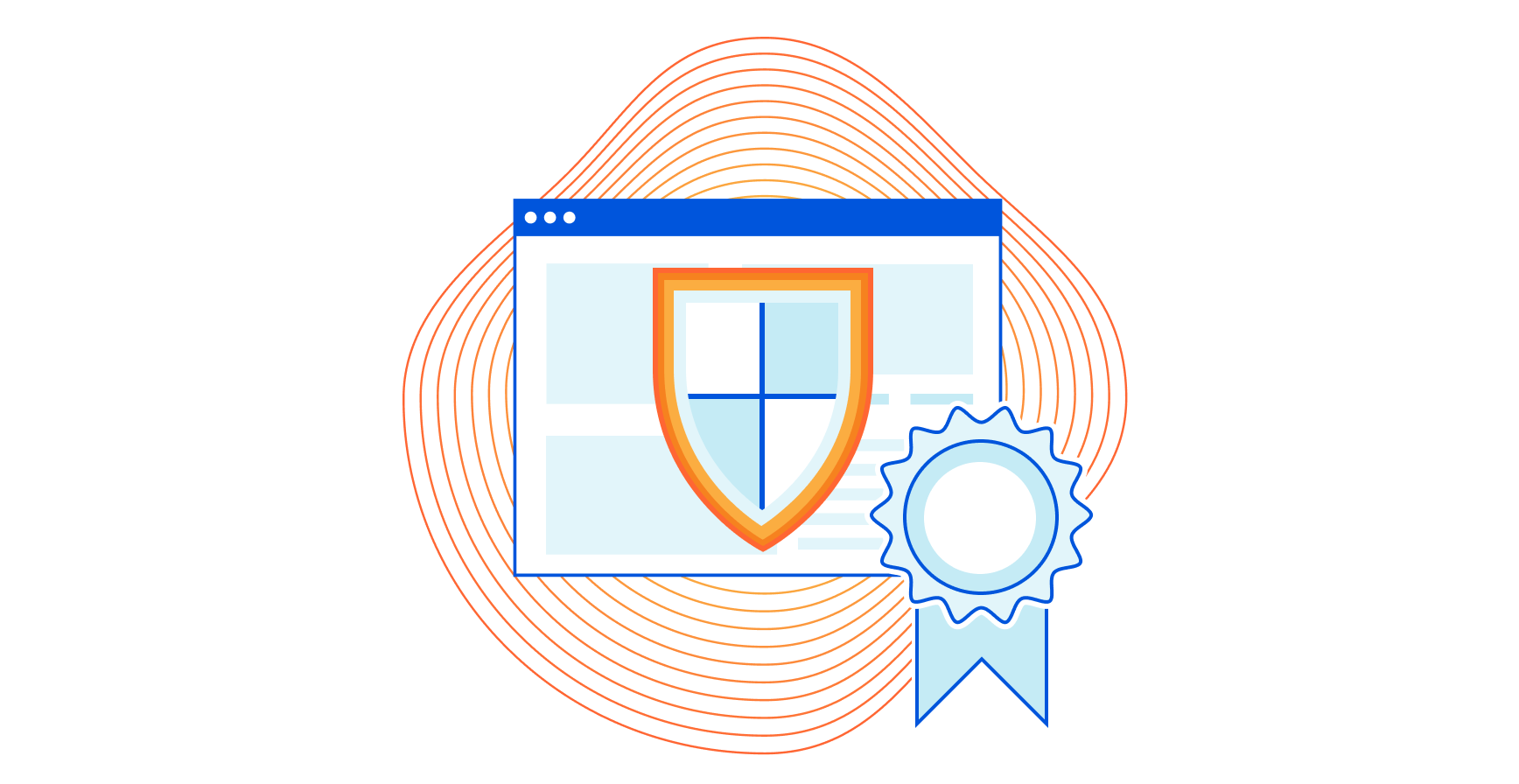3 Consul Service Mesh Myths Busted
Van Phan Van is a technical product marketing manager for Consul at HashiCorp. He has been in the infrastructure space for most of his career and loves learning about new technologies and getting his hands dirty. When not staring at this computer screen, he's sharing pictures of food to his wife's dismay. He lives in San Jose, California, with his wife and two young boys. Most infrastructure engineers have a good idea what Terraform does, and those who care about security likely know about HashiCorp Vault, but what about popular open source networking tool back in 2014, it has grown into a much more comprehensive networking platform. So let’s take a look at three Consul capabilities you may have misconceptions about or not be taking full advantage of. Consul Bolsters Zero Trust Networking Ashher Syed Ashher is a product marketing leader at HashiCorp and is based in Austin, Texas. When he's Continue reading




